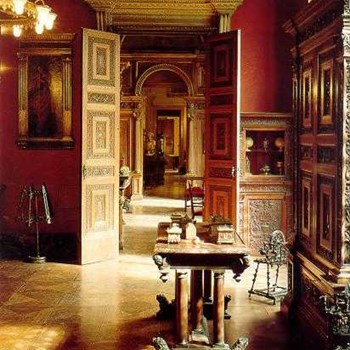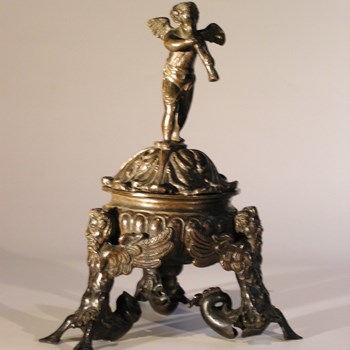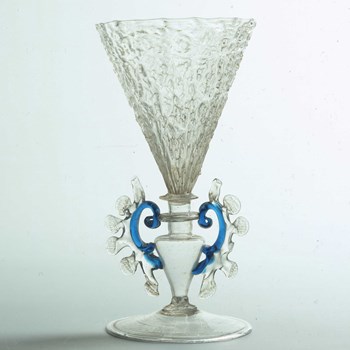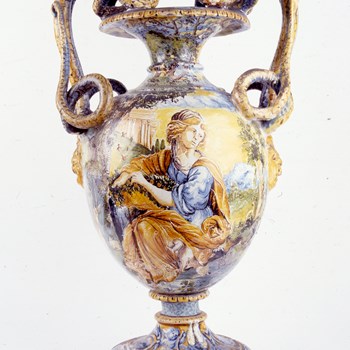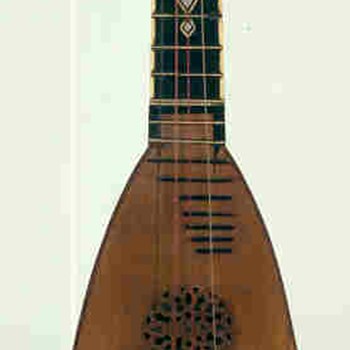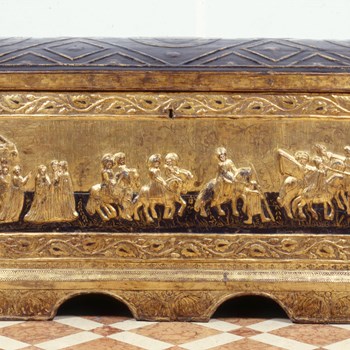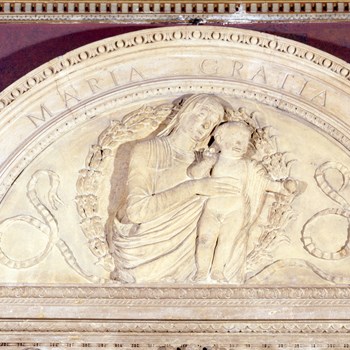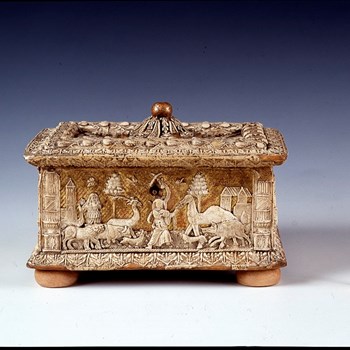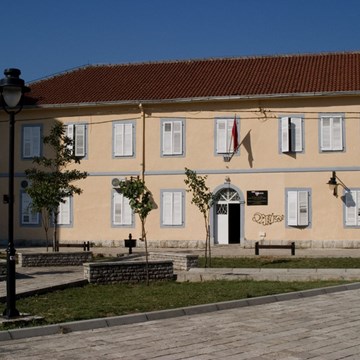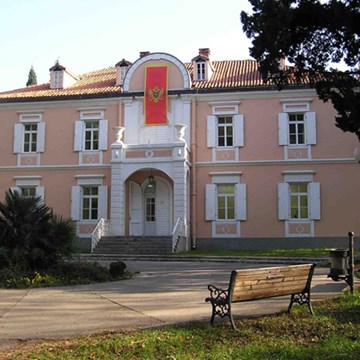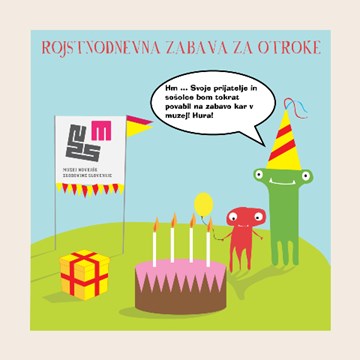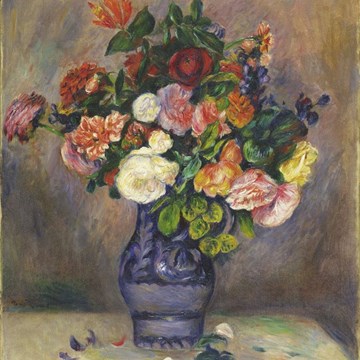With these words, Giuseppe Bagatti Valsecchi provided an overview of the rich typologies of the art and decorative arts he and his brother Fausto collected, and gave the motivation for the domestic focus of their collecting: recreating a lordly Renaissance home. Within this context, those very same antiques collected with such passion by the two brothers became objects of daily use, inserted into daily domestic life, thereby losing their connotation of historical objects.
Positioned as they were originally in the 19th century, the collections unfold from room to room. In the enchanting rooms of the house museum, old panel paintings by artists such as Giovanni Bellini, Bernardo Zenale and Giampietrino find their places next to gilded stucco coffers, wooden furnishings, and glass and ceramic pieces. Beyond their intrinsic value, each work is an integral piece of the coherent Bagatti Valsecchi project, and contributes to the spectacular whole.
Next to 15th and 16th century pieces, there are some exceptions to the rule, due perhaps to availability on the art market of the day, or – for pieces of particular quality – to the brothers’ understandable desire to not deny themselves works that, in any case, would have fit in well with the harmonious whole of the Bagatti Valsecchi home.

